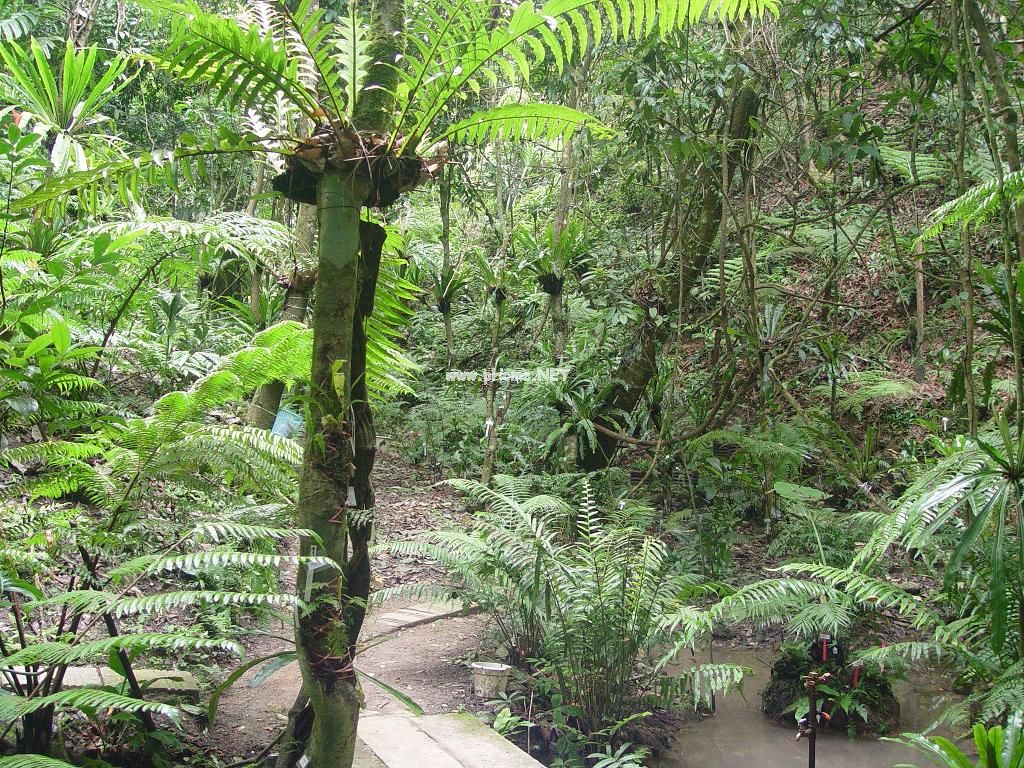
Primarily established in 2001, the Fern Garden is home to 5,377 plant individuals of 421 fern species from tropics and subtropics. Over 20 fern species under state key protection or rare and endangered are protected within the land of about 1 hectare. The garden is important not only for fern germplasm collection and conservation, but for scientific research, scientific popularization, and tourism attraction.
Ferns are a very ancient family of plants. Ferns can be classified as terrestrial, lithophytic, aquatic, xerophytic, and epiphytic, etc. They are "vascular plants" with well-developed internal vein structures that promote the flow of water and nutrients.
There are over 15,000 fern species widely distributed around the world, especially abundant in tropics and sub-tropics. They are well adapted to particular environmental niches - soil moisture, humidity, light, etc. Most ferns are leafy plants that grow in moist areas under forest canopy. In the woodlands or tropics, ferns are found under rather dense canopies of trees or large woody plants.
Some ferns are edible and used as vegetable or food, some are medicinal, and some others are great for indoor and outdoor gardening.

